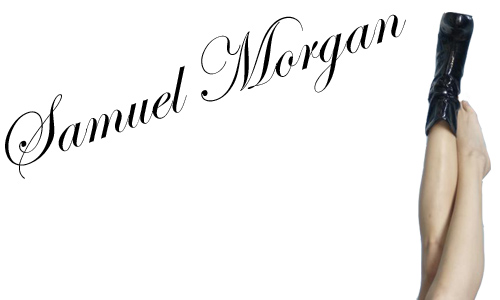 As most of those who follow the fashion industry know, there is trouble in the House of Lacroix.
As most of those who follow the fashion industry know, there is trouble in the House of Lacroix.While we are staring out into a global recession, the idea of luxury rarely finds its way into the lives of individuals. American fashion enthusiasts are tightening the obi belt and even sales of fashion magazines are seeing a severe drop in sales. What with lay-offs lurking, we find ourselves skimming the classifieds more enthusiastically than the glossy pages of Harper's Bazaar.
In this market-place, we're beginning to see a tangible series of events that is giving those in fashion a wake-up call to the economy in which Haute Couture, Pret-a-Porter and designer fragrance sales used to play.
One unavoidable victim to the times is Christian Lacroix. As many know, this year the french house Christian Lacroix petitioned for court protection from creditors. This is comparible to filing chapter 11 bankruptcy in America.
This petition gives the Paris courts the authority to decide the fate of this influential fashion house. The courts choose whether the house can be reconstructed or if it must be liquidated.
Ultimately, the gesture alone sends similar houses into cold sweats.
First, let's go back to 1987 when LVMH - Louis Vuitton Moet Hennessy - purchased Christian Lacroix. In the same year, Lacroix showed its first Haute Couture Collection. LVMH bought Lacroix with the intention of applying its popular fashion business model, a pyramid plan which launches Haute Couture and at the apex of popularity, launches Pret-a-Porter -Ready-to-Wear-.
Other examples of this model are Louis Vuitton and Chanel.
In 1989, Lacroix launched a full range of accessories including handbags, shoes and jewelry.
The many oncoming sprockets in the business design for Lacroix, while undeniably popular and influential, proved unnotable revenue for the house as compared to it's fellow fashion houses.
1996 meant the launch of a denim line for Lacroix. 2004 held two major additions to the Lacroix house; lingerie and menswear.
In 2005 LVMH sold Christian Lacroix to the Falic Group, best known for their duty free shops, for a reported $40,000,000.
The label saw a loss of $14,000,000 in 2009 as compared to 2008, losing 35% of revenue in one year.
Now, in the year of the house's petition for Paris Court Protection, we have seen what may have been the last Haute Couture collection for the designer.
"I don't want to cry. I want to continue," said Lacroix, "maybe in a different way with a smaller Atelier."
Even with the bleakest outcome, the house closing, Lacroix still plans to keep his personal veins in the fashion world pumping. With plans to continue to hold privately funded Couture shows during the July Couture season of every year, he isn't letting any of the overshadowing stagger his love for creating beautiful art. With Lacroix's creative thread making a pivitol addition to the fabric of fashion, the world would not only lose a design house to the recession but also a saga of immeasruable proportions as Lacroix was the last house to be included in the original guidelines of Haute Couture.
Looming overhead, what can be done for privately owned Design houses like Versace who do not have the backing of the umbrella of branding?
While one thing will always ring true; fashion fades, style remains.
We all look for lost time. - Christian Lacroix

